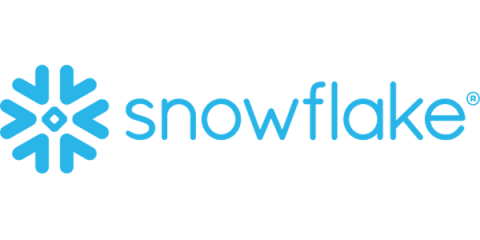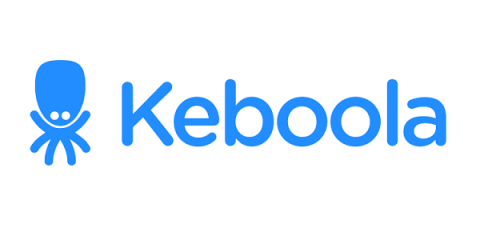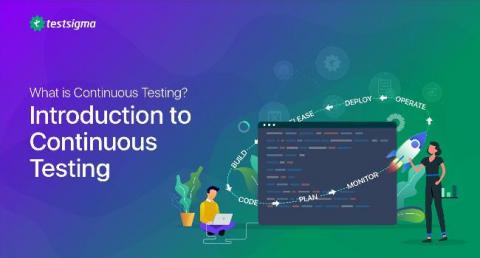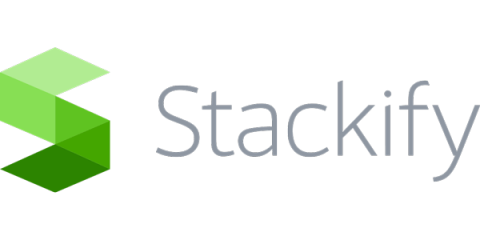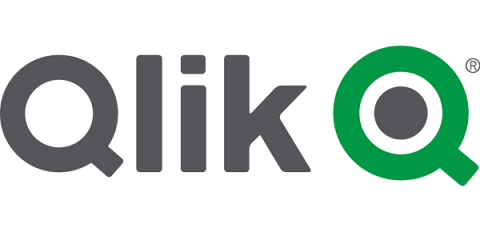Enabling high-speed Spark direct reader for Apache Hive ACID tables
Apache Hive supports transactional tables which provide ACID guarantees. There has been a significant amount of work that has gone into hive to make these transactional tables highly performant. Apache Spark provides some capabilities to access hive external tables but it cannot access hive managed tables. To access hive managed tables from spark Hive Warehouse Connector needs to be used.



